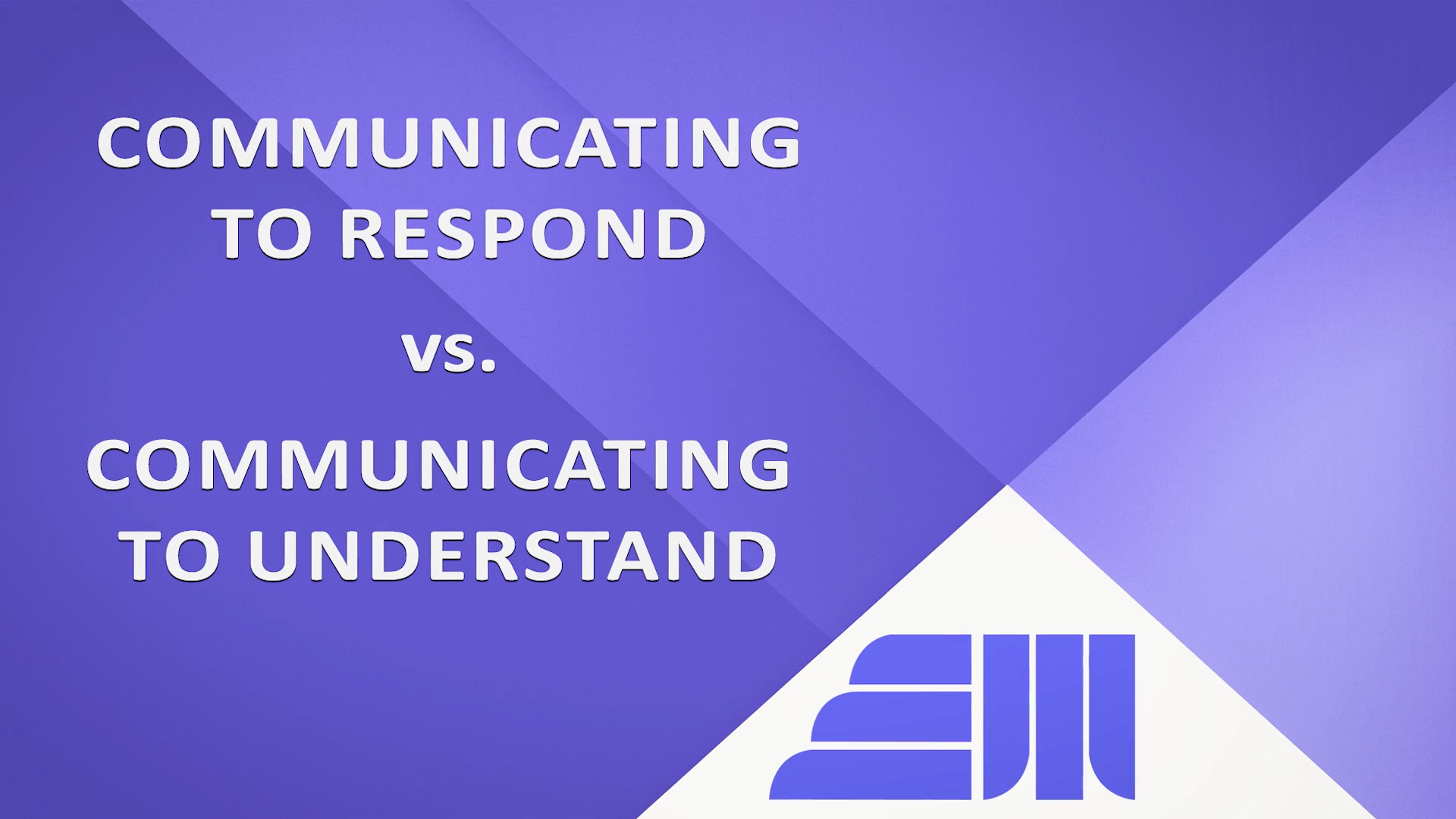Introduction
Human beings possess a remarkable capacity to shape their environment and interactions. At the heart of this creative process lie three foundational intelligences: Kinetic Intelligence, Emotive Intelligence, and Cognitive Intelligence. Together, these intelligences form the cornerstone of how we perceive, engage with, and influence the world around us. This white paper explores the nature of these intelligences, their roles in human development, and their collective impact on our ability to navigate an increasingly complex world.
Recitals
Whereas:
- Kinetic Intelligence pertains to our physical and sensory engagement with the world. It encompasses movement, coordination, and the ability to manipulate objects and spaces effectively.
- Emotive Intelligence refers to our capacity to perceive, understand, and manage emotions—both our own and those of others. It is central to building relationships and fostering empathy.
- Cognitive Intelligence involves our ability to think, reason, and solve problems. It underpins our capacity for logic, analysis, and creativity.
And Whereas:
- These three intelligences are not isolated; they interact dynamically to influence every aspect of human experience, from personal relationships to professional performance.
- Understanding and enhancing these intelligences can empower individuals and organizations to achieve greater harmony, efficiency, and innovation.
Therefore:
This white paper seeks to:
- Define and analyze each intelligence.
- Explore their interdependence and synergy.
- Propose practical applications for leveraging these intelligences in various contexts, including education, leadership, and personal growth.
The Three Intelligences
1. Kinetic Intelligence
Kinetic Intelligence, often referred to as bodily-kinesthetic intelligence, is the ability to use one's body effectively to interact with the environment. This intelligence manifests in physical skills, such as athletics, craftsmanship, and performing arts, and in the more subtle domain of sensory awareness.
Key Characteristics:
- P hysical Coordination: The ability to execute precise movements.
- Spatial Awareness: Understanding the positioning and movement of objects in space.
- Sensory Engagement: Heightened sensitivity to touch, balance, and motion.
Practical Applications:
- In education: Incorporating hands-on learning methods.
- In leadership: Leveraging body language and physical presence to inspire and connect.
- In therapy: Using movement-based techniques to promote healing and growth.
2. Emotive Intelligence
Emotive Intelligence, or emotional intelligence (EI), involves recognizing, understanding, and managing emotions. This intelligence is essential for effective communication, conflict resolution, and building meaningful relationships.
Key Characteristics:
- Self-Awareness: The ability to identify and understand one's emotions.
- Empathy: The capacity to perceive and relate to the emotions of others.
- Emotional Regulation: Managing and adapting emotional responses to different situations.
Practical Applications:
- In education: Teaching students emotional regulation and interpersonal skills.
- In leadership: Cultivating empathy to build trust and collaboration.
- In healthcare: Enhancing patient care through emotional attunement.
3. Cognitive Intelligence
Cognitive Intelligence represents our capacity for logic, reasoning, and problem-solving. It is the foundation of analytical thinking, creativity, and knowledge acquisition.
Key Characteristics:
- Critical Thinking: Evaluating information objectively to make informed decisions.
- Creativity: Generating novel ideas and solutions.
- Memory and Learning: Retaining and applying knowledge effectively.
Practical Applications:
- In education: Developing curricula that balance analytical and creative skills.
- In leadership: Using strategic thinking to solve complex challenges.
- In innovation: Harnessing cognitive skills to drive technological and societal progress.
The Interplay of Intelligences
These three intelligences are deeply interconnected. For example:
- A musician (kinetic intelligence) must interpret the emotions of a piece (emotive intelligence) while reading and understanding the score (cognitive intelligence).
- A teacher engages students (emotive intelligence) by employing creative lesson plans (cognitive intelligence) and dynamic classroom activities (kinetic intelligence).
Practical Recommendations
To harness the full potential of these intelligences, individuals and organizations can adopt the following strategies:
- Develop Kinetic Awareness: Encourage physical activity and mindfulness practices to enhance sensory engagement and coordination.
- Foster Emotional Literacy: Provide training in emotional intelligence to improve communication and empathy.
- Cultivate Cognitive Agility: Promote lifelong learning and problem-solving skills to adapt to changing circumstances.
- Integrate Intelligences: Design programs and initiatives that leverage the interplay of kinetic, emotive, and cognitive intelligences for maximum impact.
Footnotes
The three intelligences—Kinetic, Emotive, and Cognitive—are the building blocks of human creativity and interaction. By understanding and enhancing these intelligences, we can create a world that is not only more innovative but also more compassionate and interconnected.
Through deliberate practice and integration, individuals and organizations can unlock the full potential of these intelligences, transforming challenges into opportunities and fostering a more harmonious and dynamic society.
Footnotes
- Gardner, Howard. Frames of Mind: The Theory of Multiple Intelligences. Basic Books, 1983.
- Goleman, Daniel. Emotional Intelligence: Why It Can Matter More Than IQ. Bantam Books, 1995.
- Csikszentmihalyi, Mihaly. Flow: The Psychology of Optimal Experience. Harper & Row, 1990.
- Brown, Brene. Dare to Lead: Brave Work. Tough Conversations. Whole Hearts. Random House, 2018.
- Damasio, Antonio. The Feeling of What Happens: Body and Emotion in the Making of Consciousness. Harcourt, 1999.







